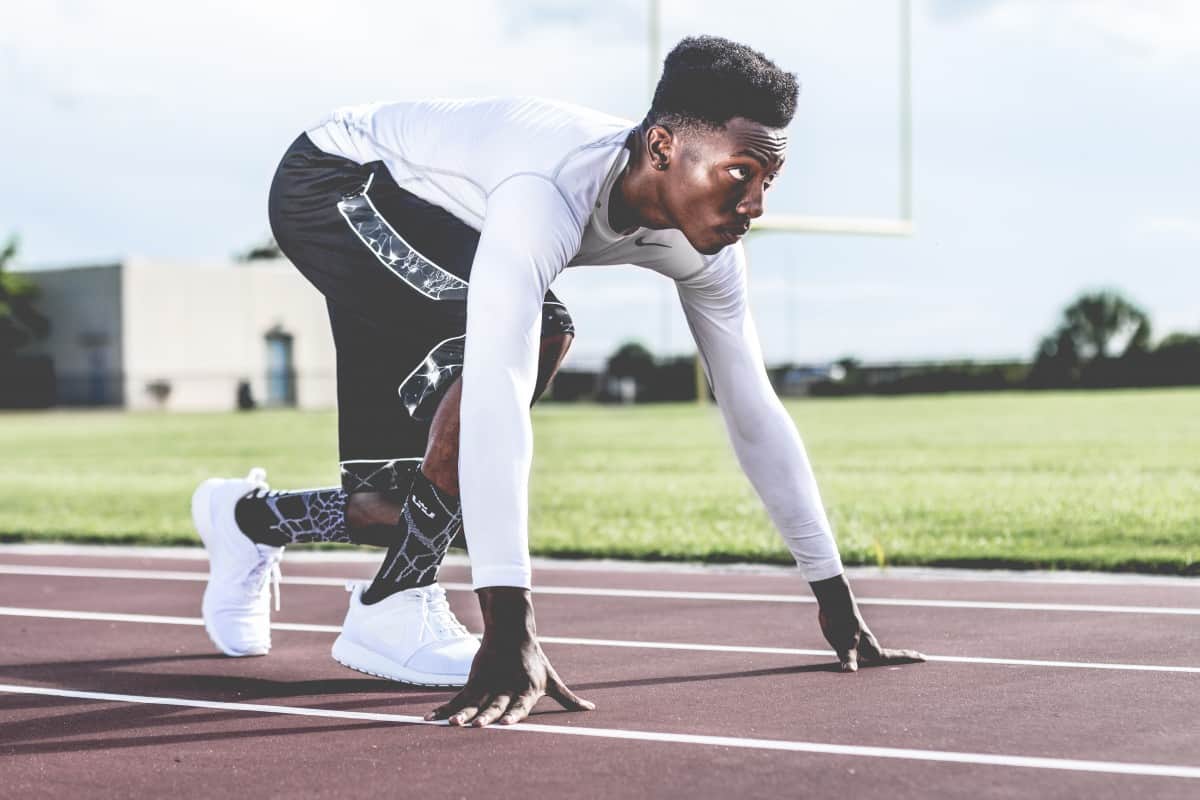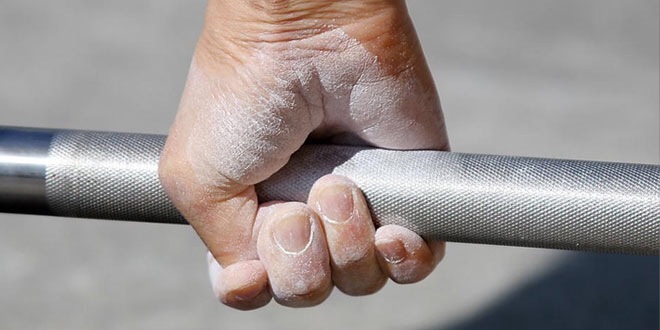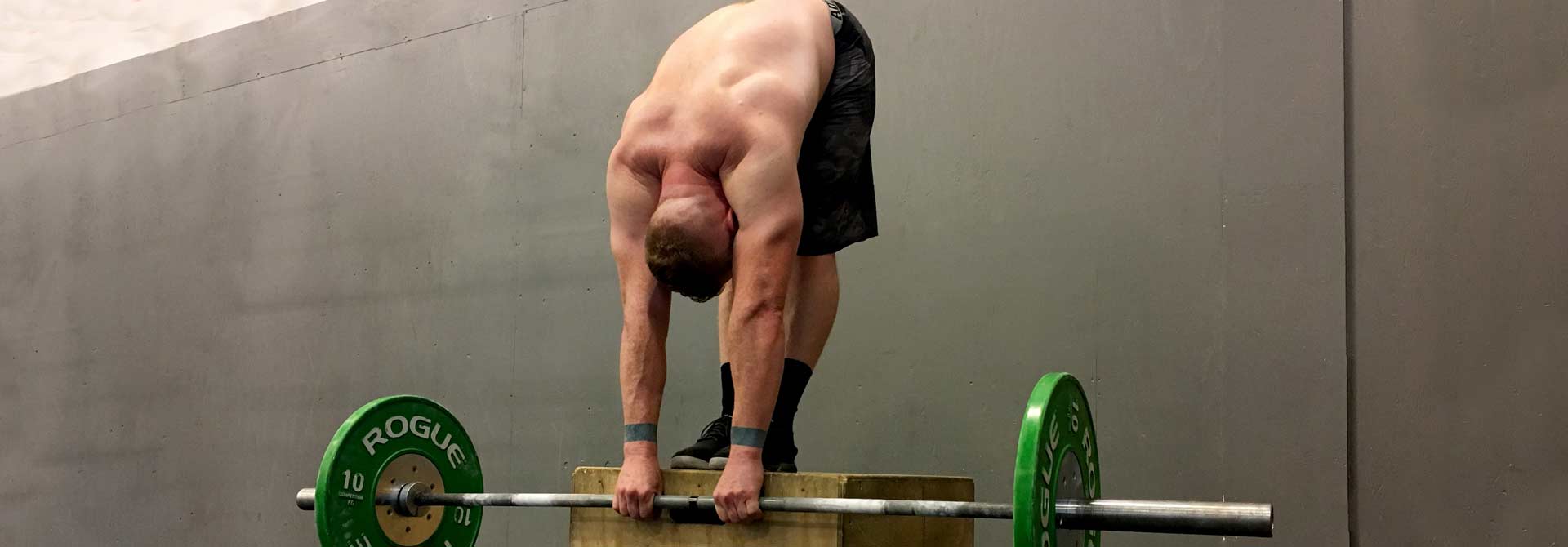The sport of powerlifting is defined by the most weight lifted in three movements. Agility is meaningless to a “powerlifter”. But if someone pursues powerlifting as a leisure activity and is active in other sports, they might seek to find ways to build strength and agility. And that’s fine – powerlifting is a great way to build strength, and there’s a reason the three big compound lifts have been a mainstay in weight rooms for athletes throughout the world. But how does one build agility?
How Do You Define Agility?
The NSCA defines agility as proficiency in stop-and-go movements and propulsory speed. But how does one train that? Conventional wisdom will tell you that agility is trained through “agility drills” – you know, running slalom around cones, doing ladder skips and jumps, that sort of thing.
If you want to build strength and agility, skip those drills.
Sure, they’re fun, and you’ll break a sweat. But I can guarantee you that the strength and conditioning coaches who work with real athletes aren’t making their athletes spend much time at all on these drills. They’re used for foot coordination, or as warmups, to wake the legs up. But the actual training to build strength and agility happens on the field and in the gym.
When coaches work on an athlete’s strength and agility, they’re training the legs to generate force rapidly (power) in the weight room, and they’re putting the kids on the field or court, going over practical drills that emulate real play. Coaches train athletes by working on the basics (general conditioning) and the skills needed to perform (specialized training).
Something that’s become more and more popular among gymgoers is the idea of “functional training”, which I find often misguided. There’s very little you can do at a gym to improve your “functional” strength. Pushing and pulling exercises will train raw strength, sure – you can work on getting a better press, a better squat, a better pull up – but stuff like landmine presses, kettlebell swings, and snatches isn’t “functional”. It can be sport-specific, depending on the sport, but it doesn’t translate into any “functional” activity because there’s no activity that requires you to swing a barbell overhead or press a fixed bar. If you want something “functional”, pick an activity and do it.
Want to survive better in the outdoors? Skip the gym and spend more time hiking and swimming. Do you want to look good in a mirror? Get into bodybuilding – it’s for all shapes and sizes, and all genders. Do you want to compete as a powerlifter, or a strongman, or a weightlifter? Find a sport-specific gym or community nearby and get into it.
If you’re an athlete, chances are you do some form of cardio and you’re required to hit the weights semi-regularly. That’s the “strength and conditioning” aspect of training, and it’s about as generalized and “functional” as training can get, in that it applies to nearly every activity – stronger, bigger muscles, better force production (emphasizing speed in resistance exercise), as well as longer aerobic and anaerobic endurance, will be applicable everywhere. But there are still exceptions, like gymnastics (where leg mass is rarely required) or rock climbing and marathon running (where muscle mass can be a hindrance).
“Agility”, or the ability to be fast on the field, is often just a matter of building a strong body and practicing your sport. Football players are agile not because they’ve got quick feet, but because they’ve got strong legs and spent thousands of hours going over plays with their team, while practicing drills that only make sense for their specific sport. If they got into a different sport, like tennis, or basketball, or sprinting, they’d need a whole different regimen to train an entirely different set of skills. Football players train movements that are perfectly efficient for their sport, and these movements vary greatly from sport to sport.
Powerlifting Isn’t About Power
The role of powerlifting in generating strength and agility lies primarily in the “strength” part. Powerlifting won’t really make you more agile, but it will build really strong legs, which can help you gain agility if you’re putting that extra muscle to use on the field. That requires practice.
But it’s worth noting that powerlifting won’t help you build explosive power. The goal in any powerlifting competition is to lift the most weight, which requires a ton of force. Force is not power. Power is the ability to generate a lot of force very quickly. Granted, if you take too long to generate force while lifting weights, you won’t be able to move the weight – one feature of powerlifting is that it trains the motor neurons to use more of the body’s muscles than the body would usually use, thereby generating far more force within a short amount of time.
But research also shows that the ability to generate force very quickly is best trained at a weight that corresponds to roughly 60 percent of an athlete’s single repetition maximum, which is far from what most powerlifters tend to train with (80-95 percent).
Weightlifting is far more about generating power, which is why some coaches started including power cleans and power snatches into trying to build full-body power generation, from the toes to the arms. But the problem with coaching weightlifting without being a certified weightlifting coach (which most strength and conditioning coaches aren’t) and without a focus on weightlifting is that you tend to see horrendous execution and terrible form (has anyone ever seen high school athletes power clean? It’s usually a nightmare).
The same flawed argument is why most CrossFit boxes use weightlifting primarily to train strength and power, while only giving their athletes a fraction of the volume and technique training needed to become proficient enough at the sport to actually start seeing some progress. There are legit weightlifting gyms under the CrossFit banner, but you could argue that’s a recent trend.
Weightlifting is an incredibly technical sport, far more so than powerlifting, let alone something as simple and effective as hill sprints and sled pushing/pulling. To pull off a proper clean or snatch and benefit from it physically, you need to put hours and hours and hours into every split second of the lift and be unbelievably mobile in the hips and ankles.
What Is It You Actually Want?
If you care about strength and agility, ask yourself why you care about strength and agility. What is it you’re actually trying to achieve in the gym? If you’re training to compete, then find a reputable coach in your sport and start training for that sport, whether it’s football or gymnastics. If you just want to be strong, then figure out what that means to you (what should a “strong” person be able to do?) and set your training goals accordingly. If you just want to be “functional”, go sit down and think some more about what that means to you, and try to quantify a couple goals that help you define that word. Otherwise, you’ll quickly find yourself suffering from “fuckarounditis”.




